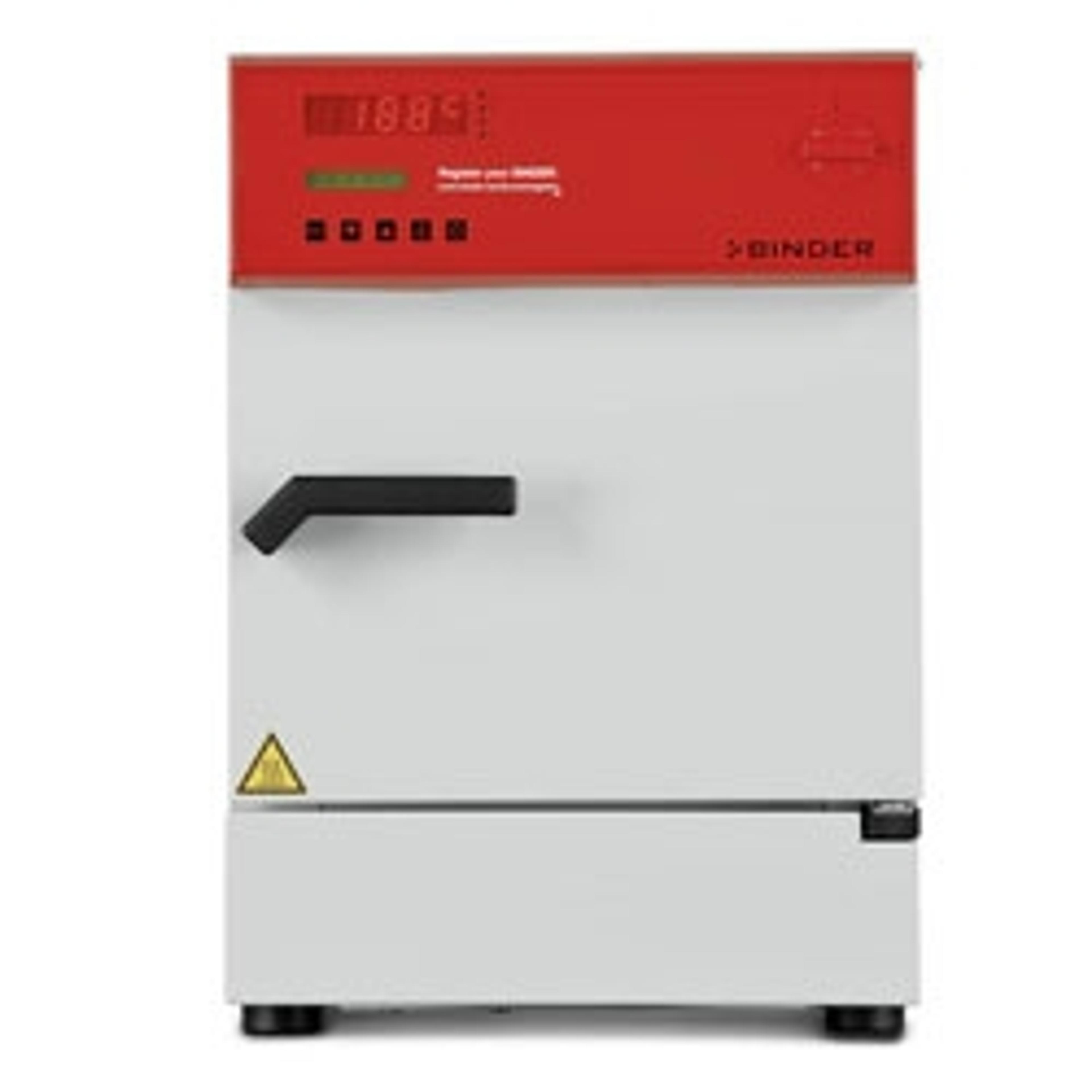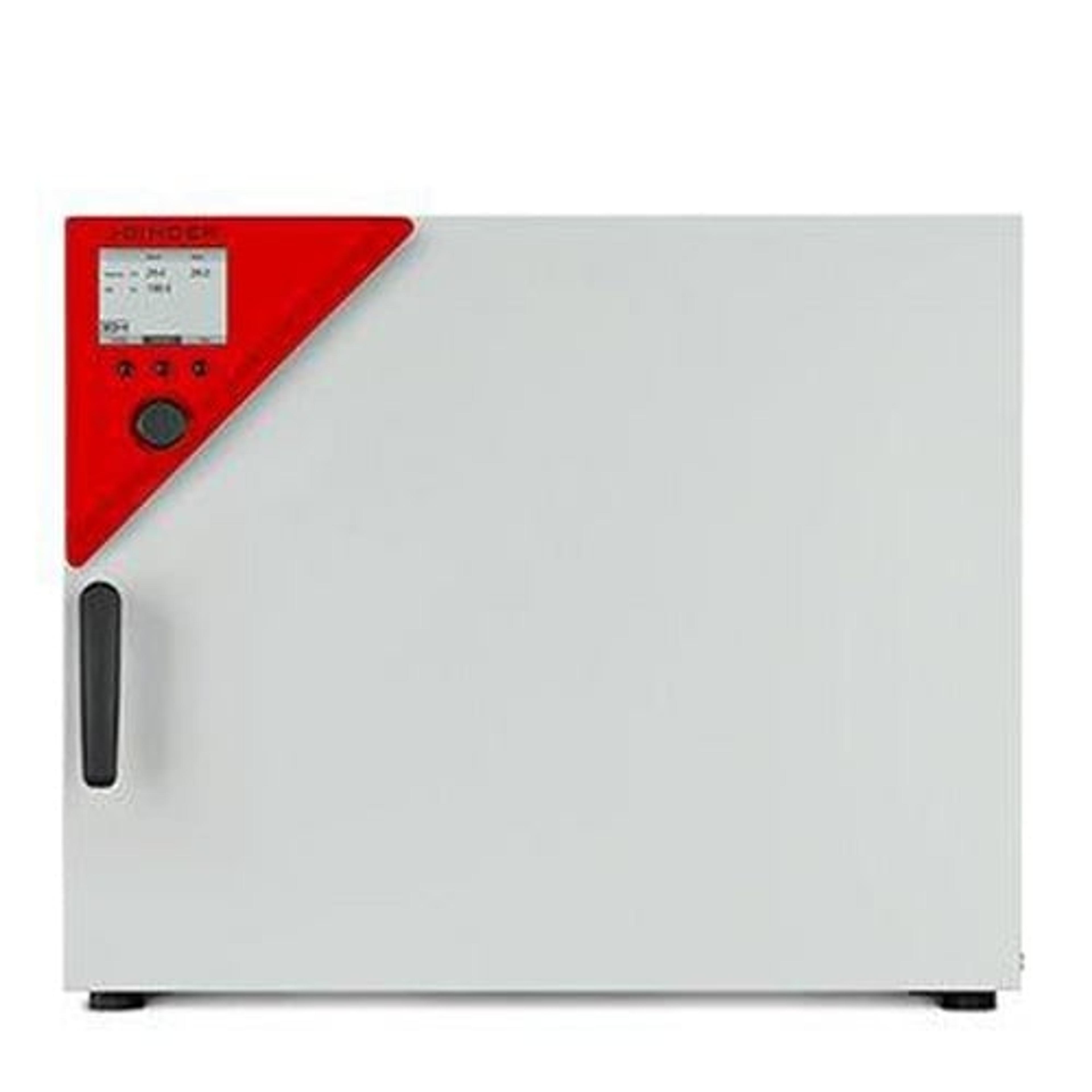Flexible LED Strip Lighting for Your Research Requiring Reduced Luminous Intensity
4 Apr 2017
The new BINDER LED strip lights are available now as optional accessories for all incubators, including cooling incubators, and climate chambers. They can be used for biological applications requiring reduced luminous intensities.
All BINDER incubators, including cooling incubators, and climate chambers are now available with LED strip lights as optional accessories that can be used with flexibility. The strip lights, which come in lengths of 30 cm, 50 cm and 90 cm, are splash-proof (IP 65) and can be operated at between -5°C and 60°C. They have an illuminance of 600 lux. The strip lights are ideal for use in biological applications for which the luminous intensity needs to be reduced. “In the fields of basic research, evolutionary developmental biology, and genetics in particular, a weak light dose is required for many model organisms, including Drosophila, Caenorhabditis, and zebrafish, to thrive. This also applies to moss and the seed germination of higher plants, too”, explains Biologist Dr. Jens Thielmann, Product Manager at BINDER. A day/night cycle also often proves hugely beneficial when natural conditions need to be recreated for research with organisms of this kind. The settings can be programmed using the corresponding control unit which has a built-in timer and the luminous intensity adjusted between 0% and 100% thanks to the dimmer. Up to four strip lights can be connected to one control unit, which is magnetically attached to the outer housing side panel with ease. The strip lights are sold as accessories in two types of packs: The starter pack contains two strip lights, a control unit, and fastening materials including clips and power strips, while the expansion pack comes with two strip lights and the fastening materials. The strip lights feature high-quality white LED modules with a color temperature of 6,500 K (cool daylight) that are cast in an aluminum profile rail. They can be flexibly placed in the interior of chambers and connected to the control unit with a cable, which will ideally be laid through an access port, but can also be fed through the door gasket.


